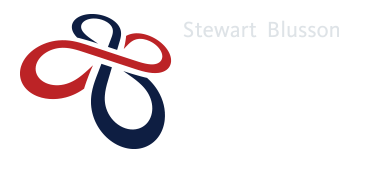

Events
Event Overview
How to Find the Needle in the Haystack: Variable Star Lightcurve Classification Techniques
Speaker: Andy Becker, University of Washington
Date & Time: December 5, 2013 16:00 - 17:00
Location: UBC, Hennings 201
Local Contact: Robert Raussendorf
Intended Audience: Undergraduate
Large area surveys such as LSST promise to monitor the variability of billions of stars through repeated imaging, with observations spread across many years and multiple passbands. To fully realize the potential of these data, models for lightcurve classification must be developed that allow inference in spite of data complexity and sparsity. These models must have the flexibility to capture both the prosaic and the novel, and allow users to distinguish one from the other; this capability does not yet exist in a general tool. As one potential solution, I discuss here the application of continuous time autoregressive models to the characterization of astrophysical variability. These types of models are general enough to represent many classes of variability, and descriptive enough to provide features for lightcurve classification. Importantly, the features of these models may be interpreted in terms of the power spectrum of the lightcurve, enabling constraints on characteristic timescales and periodicity. These models may be extended to include vector-valued inputs, raising the prospect of a fully general modeling and classification environment that uses multi-passband inputs to create a single phenomenological model. These types of spectral-temporal models are an important extension of extant techniques, and necessary in the upcoming eras of Gaia and LSST.